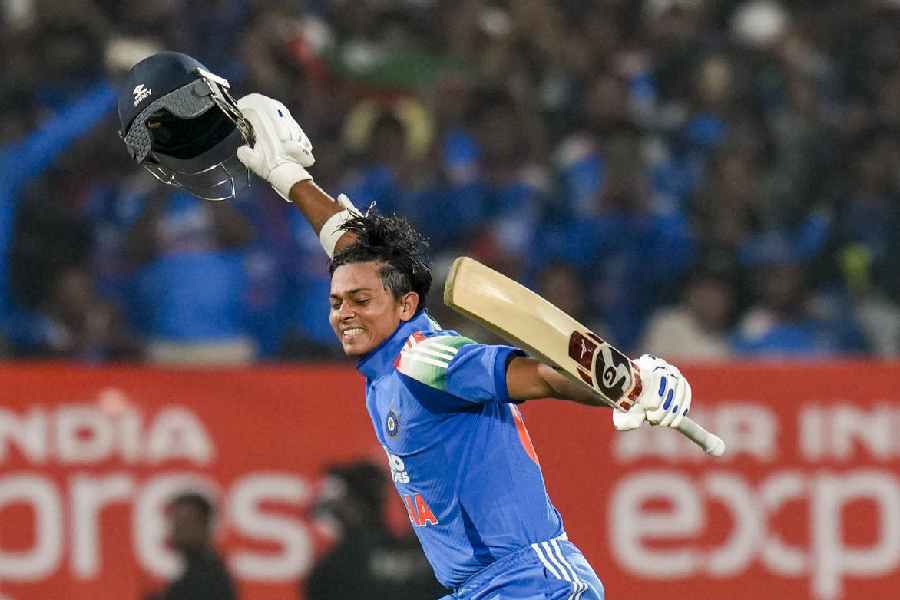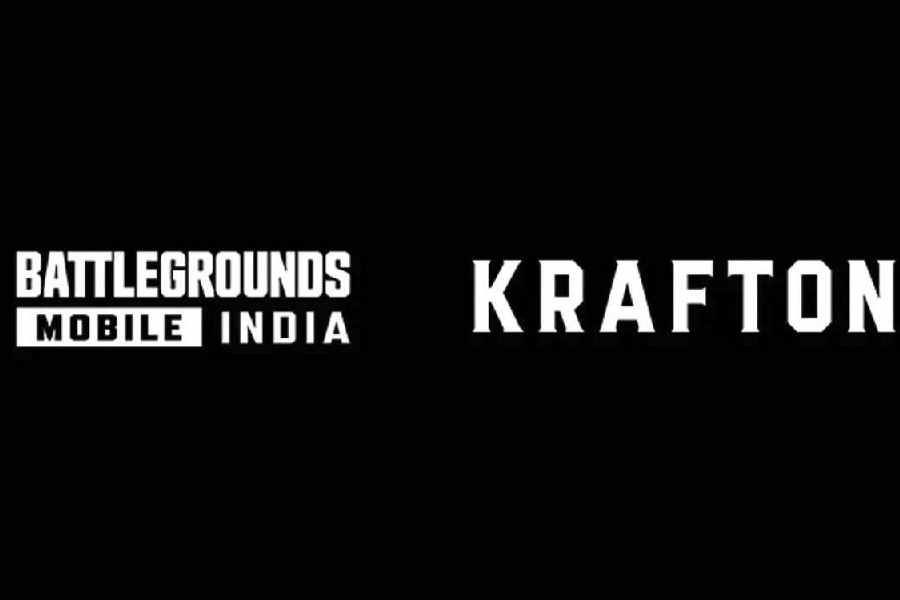The Centre has issued revised guidelines for home isolation of asymptomatic Covid-19 patients and those with mild symptoms.
Here are highlights of the guidelines:
Eligibility for home isolation
• A patient who is clinically assigned a mild/asymptomatic case by the treating medical officer is eligible for home isolation. According to the government guidelines, asymptomatic cases are laboratory confirmed cases not experiencing any symptoms and having oxygen saturation of more than 94 per cent
• Such patients should have a facility of self-isolation at home and for quarantining the family contacts
• A caregiver should be available 24X7, who will keep in touch with the hospital during the entire isolation period
• Patients aged more than 60 and those with comorbid conditions should be allowed home isolation only after proper evaluation by the treating medical officer
• Immunocompromised patients (transplant recipients, those suffering from HIV or are undergoing cancer therapy) are not recommended for home isolation without a proper evaluation by a medical officer.
Home isolation duration
• A patient in home isolation stands discharged and ends isolation at least 10 days after the onset of symptoms or the date of sampling for asymptomatic cases. Also, the patient has to be without fever for at least three days
• No need for testing after the home isolation period is over.
Instructions for patients
• A patient in home isolation must isolate himself or herself from other family members, especially those with comorbidities
• The patient must stay in a well-ventilated room
• The patient must always use a triple-layer mask, discard it after every eight hours or earlier if it becomes soiled or wet. In the presence of a caregiver, both are advised to wear N95 masks.
• Used masks must be disinfected with 1 per cent sodium hypochlorite solution before they are discarded
• The patient must rest and adequately hydrate himself or herself
• Hands must be frequently washed with soap and water for at least 40 seconds or cleaned with alcohol-based sanitiser.
• Family members must not share the patent’s personal items
• Surfaces that are often touched must be cleaned with 1 per cent hypochlorite solution
• Self-monitoring of the blood oxygen saturation with a pulse oximeter is strongly advised
• The patient must also monitor his or her temperature, heart rate, feel (better/same/worse) and breathing (better/same/worse). The chart has to be updated every four hours daily. Any deterioration in symptoms has to be reported to the doctor immediately.
Instructions for caregiver
• A triple layer mask or an N95 mask a must when in the same room with the patient. The front part of the mask should not be touched. The mask must be replaced immediately if it turns wet or dirty with secretions
• Hand hygiene must be maintained after contact with a patient or his/her immediate environment, before and after preparing food, before eating, in the toilet and before and after removing gloves
• The caregiver must wear disposable gloves during exposure to patient/patient’s environment. Direct contact with the patient’s body fluids has to be avoided. Cigarettes, utensils, towels or bed linens must not be shared
• Masks, disposable items and food packets have to be disposed of separately.
Treatment in home isolation
• Patients must be in touch with the treating physician and promptly report any deterioration in symptoms. Medications for comorbid conditions to continue after consulting the treating physician
• Patients may gargle with warm water or inhale steam twice a day
• If fever is not controlled, the treating doctor must be alerted
• Patients should not attempt to procure remdesivir or administer it at home. Decision to take remdesivir or any other investigational therapy should be taken by a medical professional and administered only in a hospital set-up
• If symptoms persist for more than seven days, the treating doctor has to be consulted
• In case of falling oxygen saturation or shortness of breath, patients may require hospitalisation. The treating doctor has to be consulted.
When to seek medical help
• If a patient suffers from difficulty in breathing
• If oxygen saturation drops below 94 per cent
• Persistent chest pain or pressure in the chest
• Mental confusion or inability to arouse











